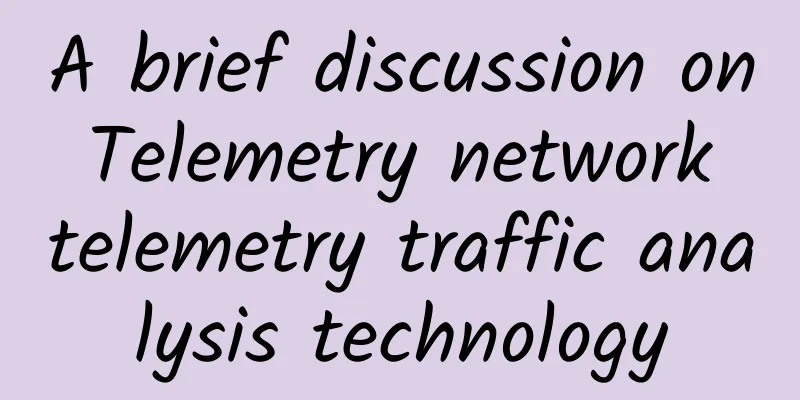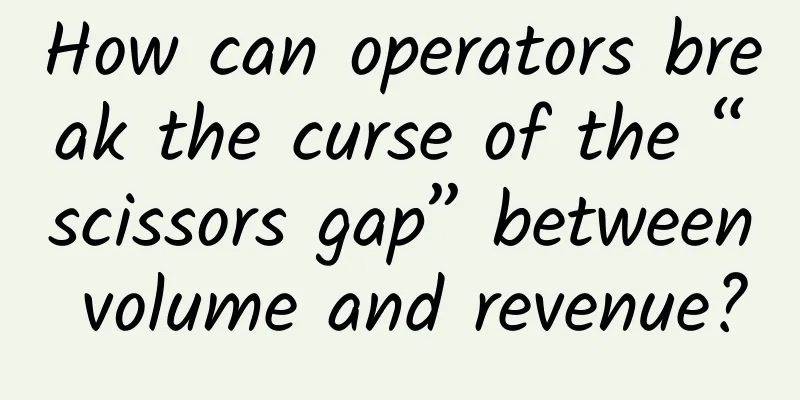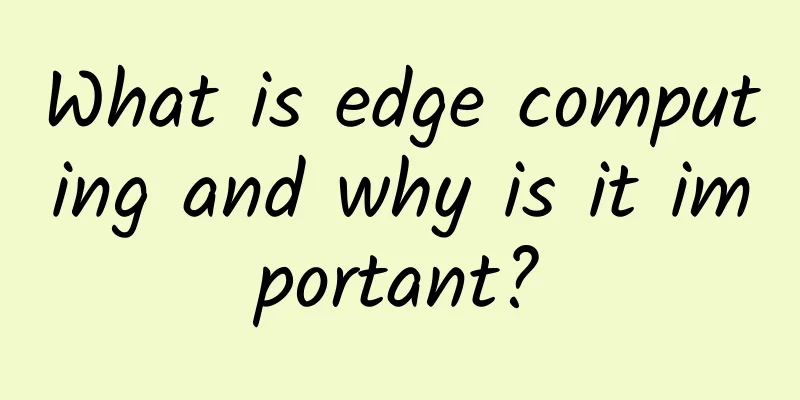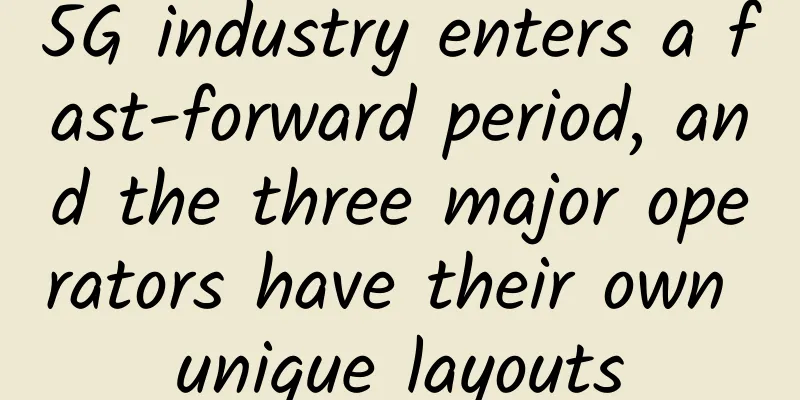How to solve the packet loss problem in TCP transmission protocol

|
1. Before answering this question, we need to consider why the TCP protocol loses packets and under what circumstances packets are lost. 1. TCP protocol definition (Transmission Control Protocol) is a connection-oriented, reliable, byte stream-based transport layer communication protocol. 2. TCP is based on an unreliable network to achieve reliable transmission, so packet loss is bound to occur. 3. If you find that data is missing or packets are lost during the communication process, the most likely possibility is that there is a problem in the program sending or receiving process. For example: I have 2 servers, A and B server. When server A sends data to server B too frequently, server B cannot process it in time, resulting in data packet loss. (The reasons may be program logic problems, multi-thread synchronization problems, buffer overflow problems) If server A does not control the sending frequency or resends the data, server B will receive less data, which will cause data loss. 2. How to solve the problem of packet loss after TCP protocol packet loss In order to meet the TCP protocol and avoid packet loss, the TCP protocol has the following provisions: 1. Data fragmentation: The sender fragments the data, and the receiver reassembles the data. TCP determines the size of the fragment and controls fragmentation and reassembly. 2. Arrival confirmation: When the receiving end receives the fragmented data, it sends a confirmation to the sending end according to the fragmented data sequence number. 3. Timeout retransmission: The sender sets a timeout timer when sending a fragment. If no corresponding confirmation is received after the timer times out, the fragment data is resent. 4. Sliding Window: The receiving buffer space of each side of the TCP connection is fixed in size. The receiving end only allows the other end to send data that can be accommodated by the receiving end's buffer. TCP provides flow control based on the sliding window to prevent the faster host from causing the buffer of the slower host to overflow. 5. Out-of-order processing: TCP segments transmitted as IP datagrams may arrive out of order. TCP will reorder the received data and hand it over to the application layer in the correct order; 6. Duplicate processing: TCP segments transmitted as IP datagrams will be duplicated, and the TCP receiver must discard the duplicate data; 7. Data checksum: TCP will maintain the checksum of its header and data. This is an end-to-end checksum, the purpose of which is to detect any changes in the data during transmission. If the checksum of the received segment is wrong, TCP will discard the segment and will not confirm receipt of the segment, causing the other end to time out and resend. TCP three-way handshake, four-way release diagram: |
<<: Extremely simple operation! IIS site migration can be achieved in 3 minutes
>>: Huawei fully opens HMS and calls on more developers to join the new all-scenario smart ecosystem
Recommend
RAKsmart: VPS flash sale from $0.99/month, cloud server flash sale from $1.99/month, Hong Kong/Japan/Korea/Germany/US data centers
RAKsmart is offering flash sales for VPS and clou...
Looking ahead to 2017, who will be the top network technology brand?
[Original article from 51CTO.com] In 2017, the tr...
Tian Suning: From the Internet of Everything to the Intelligent Internet, a new company species, "customer operator", is born
From November 7 to 9, Wuzhen, a water town in the...
What are the highlights of the communications industry in 2022?
This article is reprinted from the WeChat public ...
If WiFi coverage is not good, should I use a wireless repeater or a powerline modem?
[[240625]] Poor WiFi signal is a headache for man...
Ovum's view: 5G first-mover advantage is at risk; don't let the first kiss become the kiss of death
Do you remember your first kiss? This is a common...
TCP access layer load balancing, high availability, and scalability architecture
Today, let’s have a systematic discussion about T...
Several steps and tools for troubleshooting the network
Let me ask a question first. If one day you sudde...
Introduction to VPN technology and commonly used VPN networking methods in enterprises
VPN (Virtual Private Network) refers to the use o...
It’s time to promote 5G applications
At present, 5G integrated applications are in a c...
Working together to develop and forge ahead, Fuqianla officially released its 2018 strategic plan
On December 12, Fuqianla, an Internet financial c...
As 5G technology matures, can it help accelerate the implementation of blockchain?
2019 has become the hot spot for the development ...
From 1G to 5G and then to 6G, 30 years of mobile communication technology
Since the 1980s, mobile communications have seen ...
Maker Beijing 2020 Kunpeng Application Innovation Competition ushered in the finals, and the selection results attracted much attention
[[338791]] At 13:00 on the afternoon of August 20...
How to build a universal smart IoT gateway by reducing the data sampling rate
【51CTO.com Quick Translation】Although there are m...






![[11.11] CMIVPS annual promotion VPS host 50% off, Hong Kong large bandwidth/direct line monthly payment starts from US$3.5](/upload/images/67cac23863b4e.webp)


